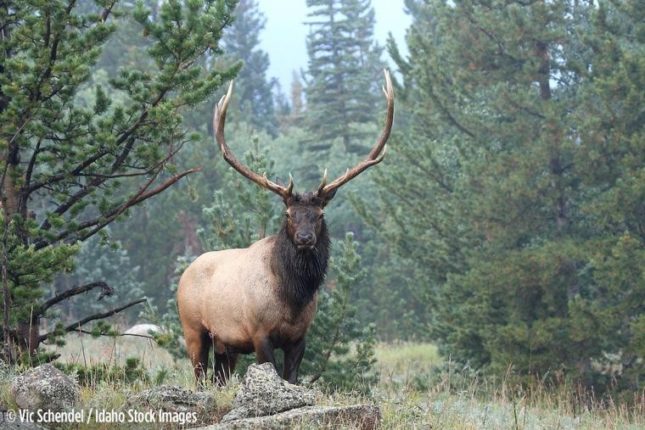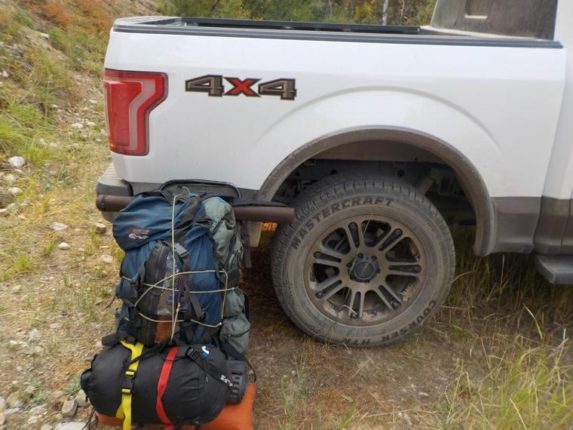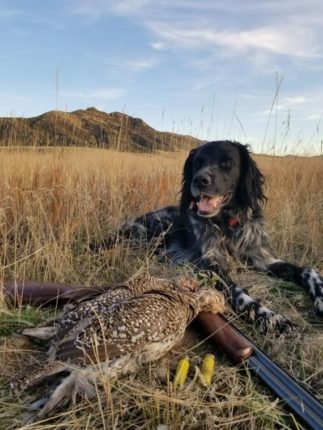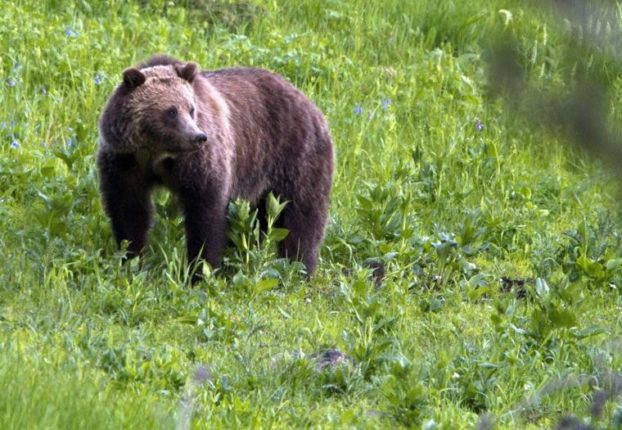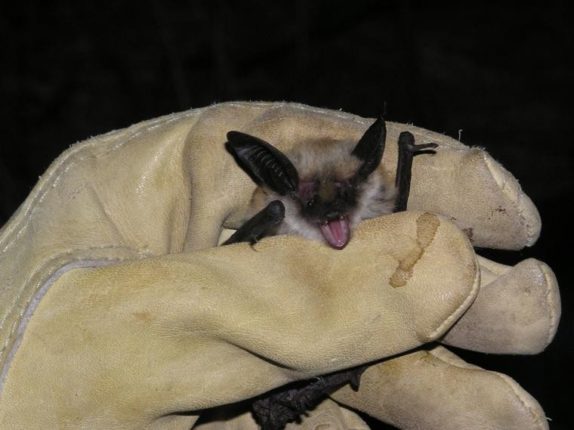A grant of $290,753 from the National Park Foundation, the official nonprofit partner of the National Park Service, will enable Northwest Youth Corps and Idaho Conservation Corps to mobilize 150 youth and young adults in direct service at eight Northwest park units, as well as support another 100 youth on one-day conservation service and education opportunities this year.
“Youth conservation corps crews are an integral part of the National Park Service team,” said Stan Austin, regional director for the National Park Service’s Pacific West Region. “Through their service, many of these young people will leave behind a legacy of infrastructure improvements that will be enjoyed by generations of visitors.”
“National parks bring people together for shared experiences that last a lifetime,” said Katherine Chesson, vice president of grants and programs at the National Park Foundation. “The National Park Foundation’s grant funds service corps helping to maintain these treasured resources and enable more people to connect with them and each other.”
Northwest Youth Corps Executive Director Jeff Parker says “Witnessing the pride and accomplishments of our crews of youth and young adults is inspirational”.
Projects are being undertaken June through November at Mount Rainier National Park; Olympic National Park; Nez Perce National Historical Park; Craters of the Moon National Monument and Reserve; City of Rocks National Preserve; Lewis and Clark National Historical Site; San Juan Island National Historical Park; and the Bainbridge Island Japanese American Exclusion Memorial (part of the Minidoka National Historic Site). The majority of work will be focused on trail construction and maintenance and improving public access to recreation, historical and cultural resources.
Crew members are coming from a wide range of diverse backgrounds and organizations and include programs specifically designed to engage the Deaf/Hard of Hearing community; both urban and rural youth; the LGBTQ community and partners including Washington Trails Association, Seattle Parks and Recreation and OUT There Adventures.

